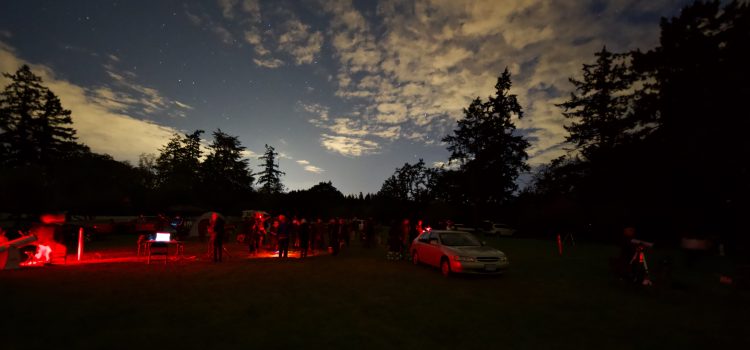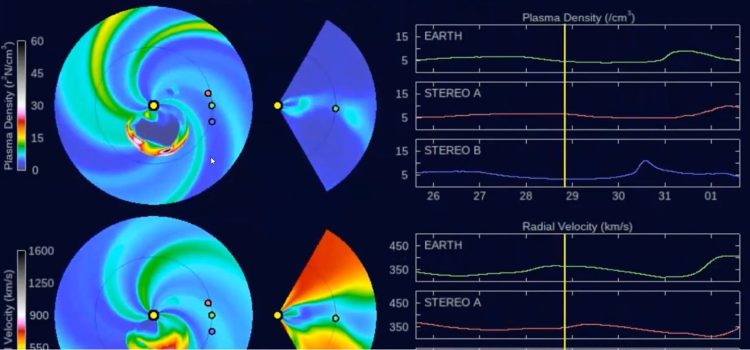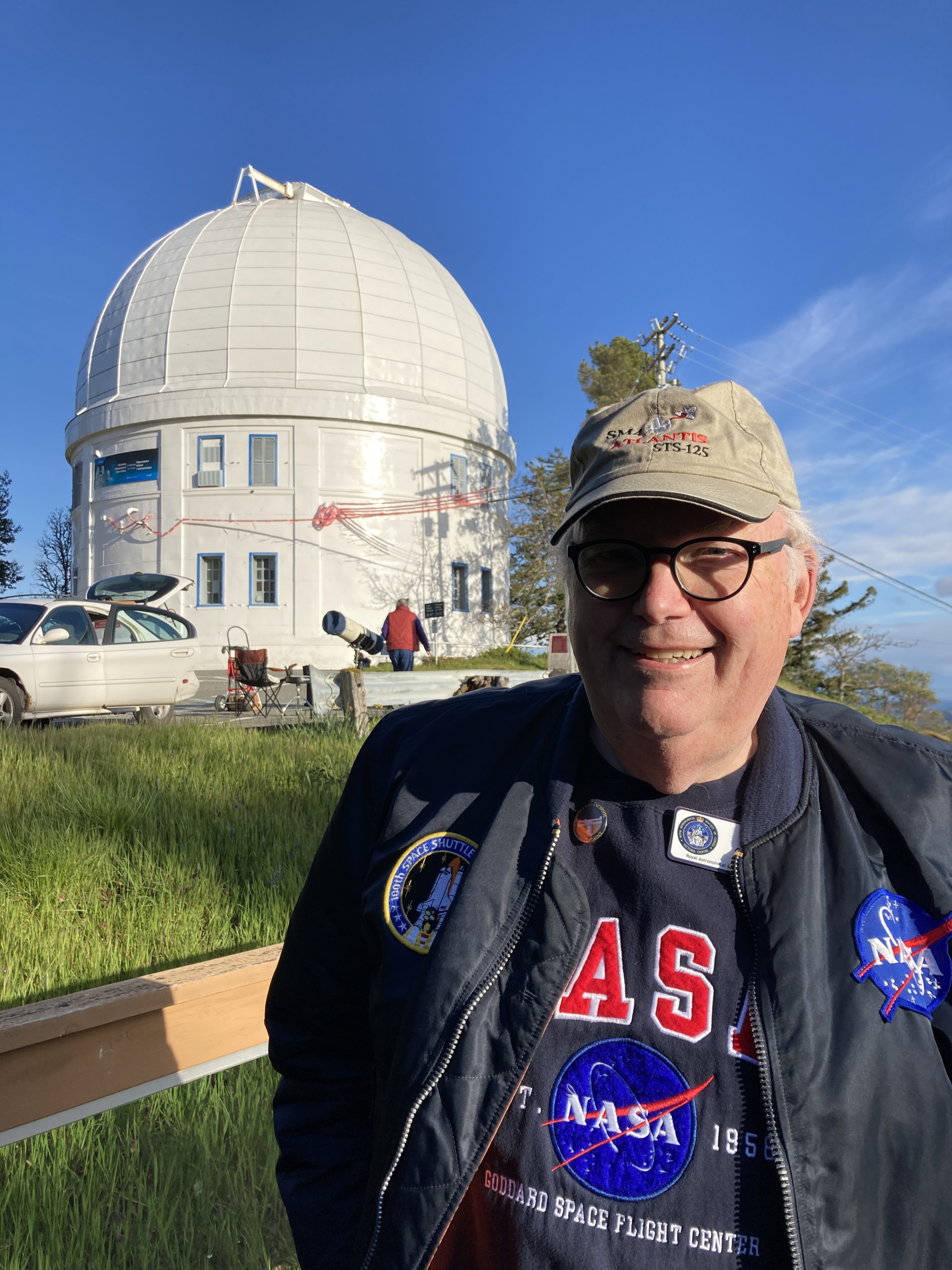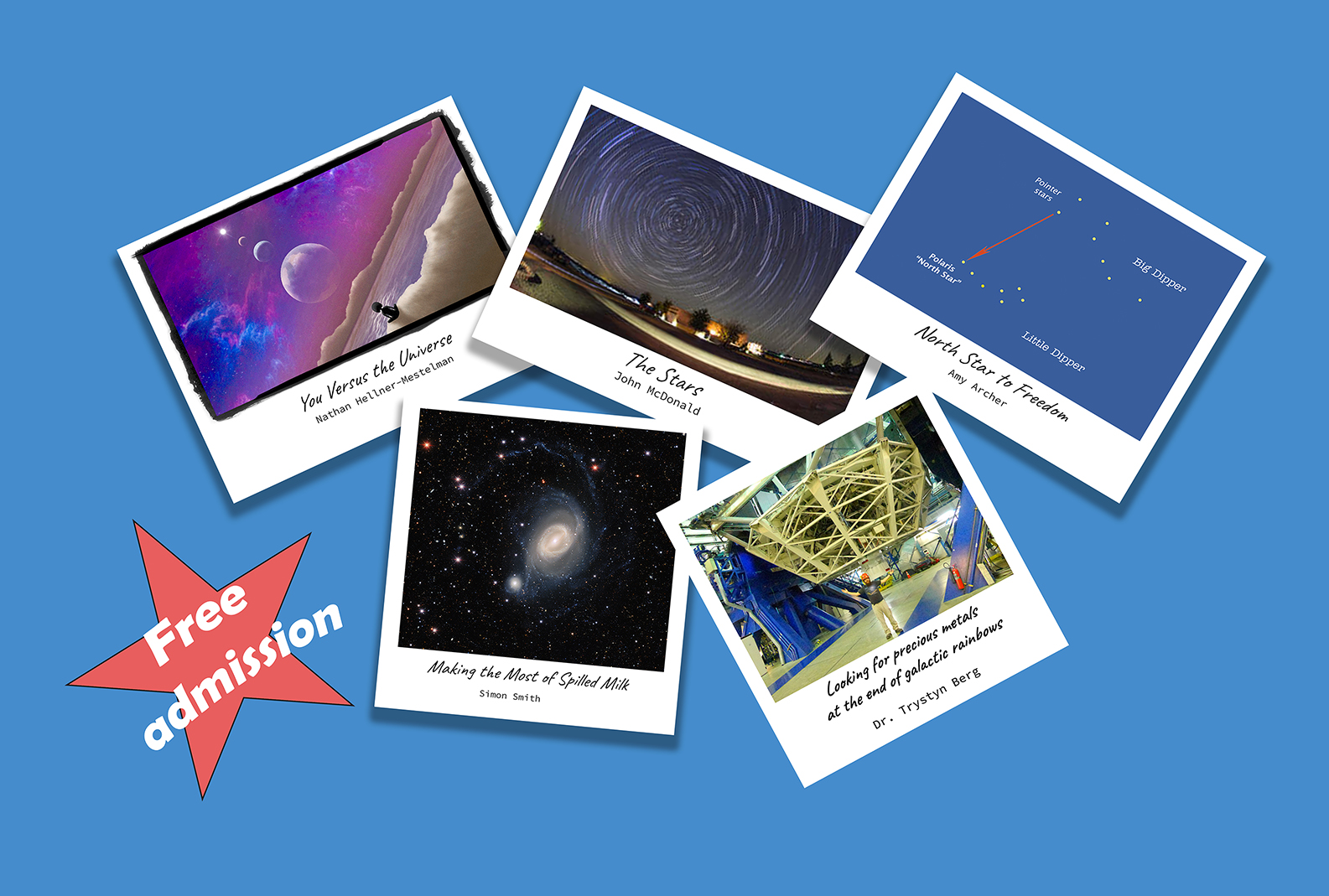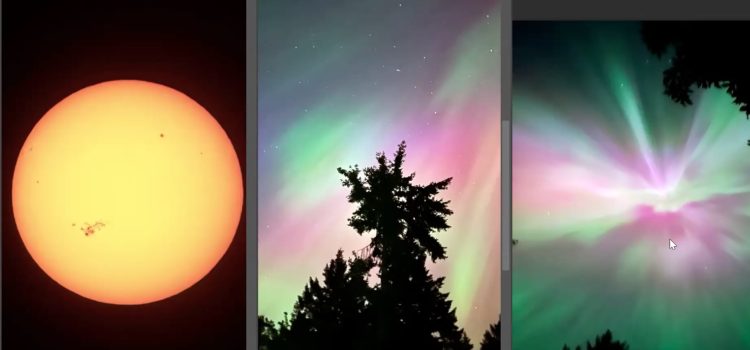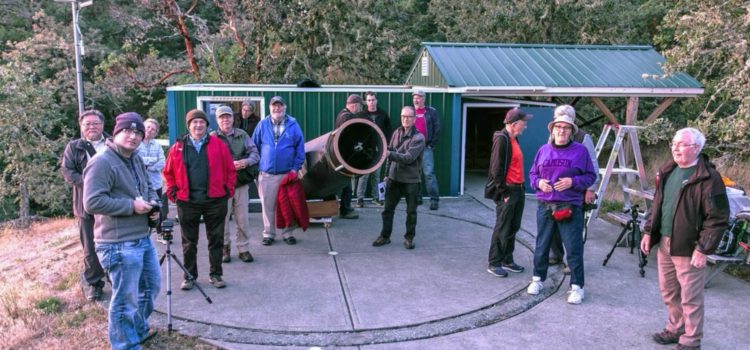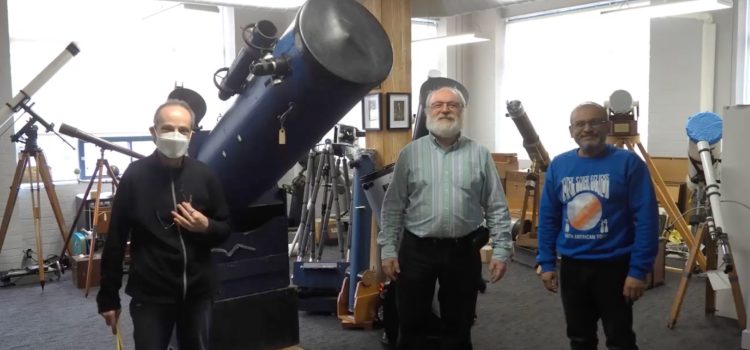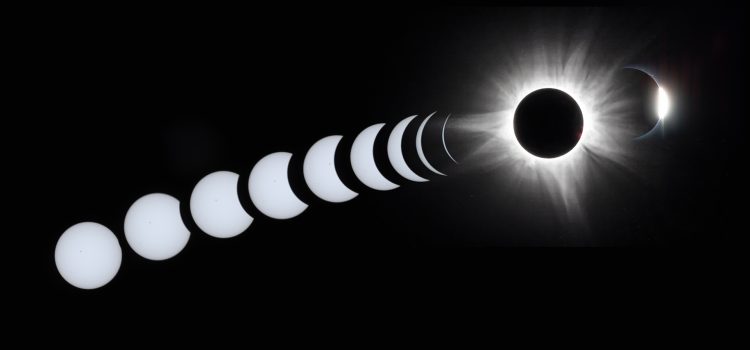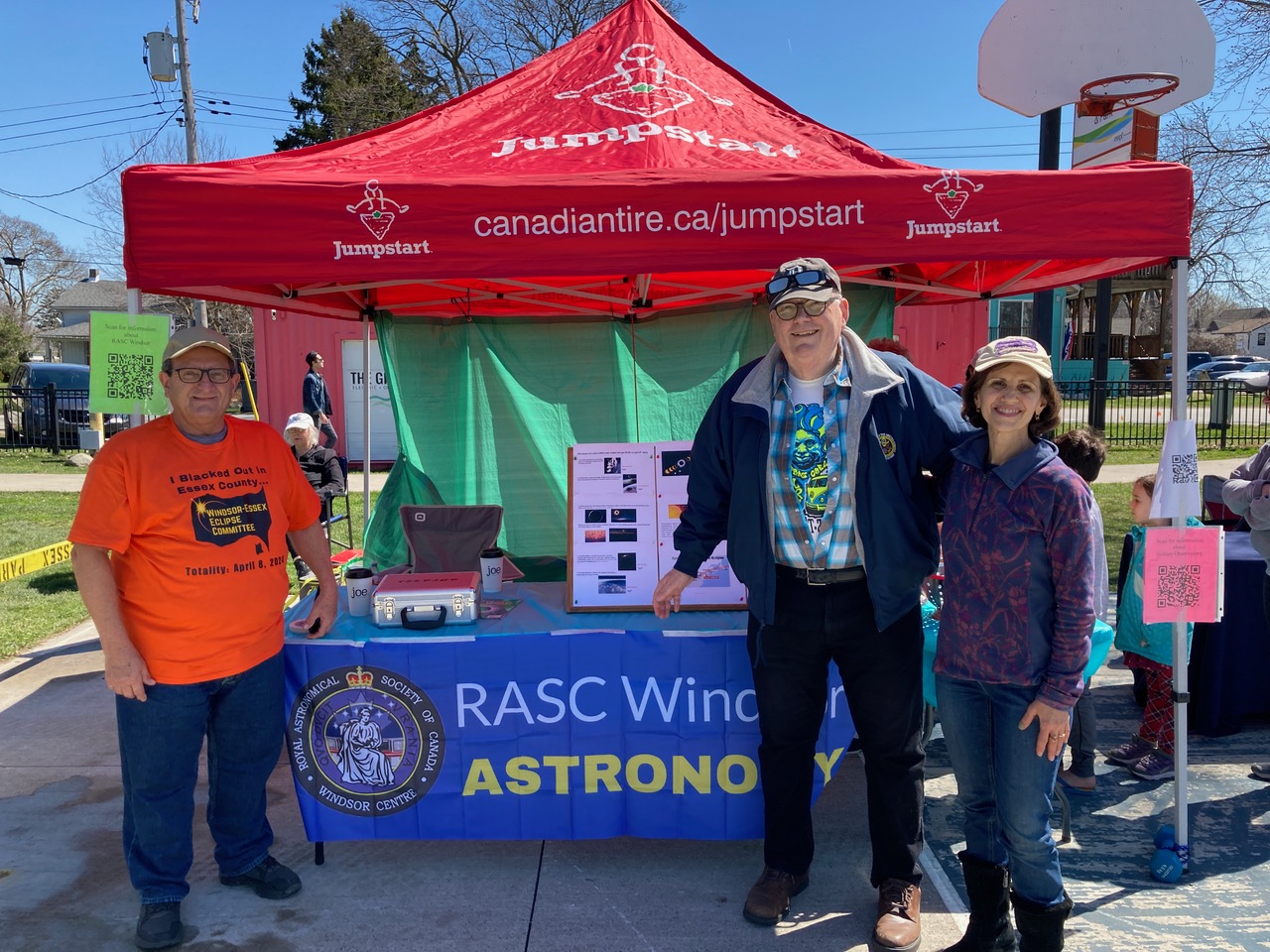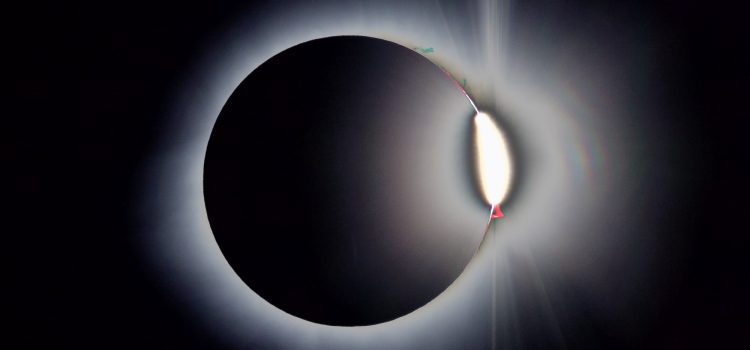August 9-11, 2024 – this year’s Island Star Party is being held at a dark valley 20 km north of downtown Victoria on southern Vancouver Island, BC, Canada. Camp on the field (by donation) or drop in (free). Setup your telescope and bring binoculars to enjoy observing the night sky. Everyone gets door prize tickets – win a telescope!
Island Star Party 2024
